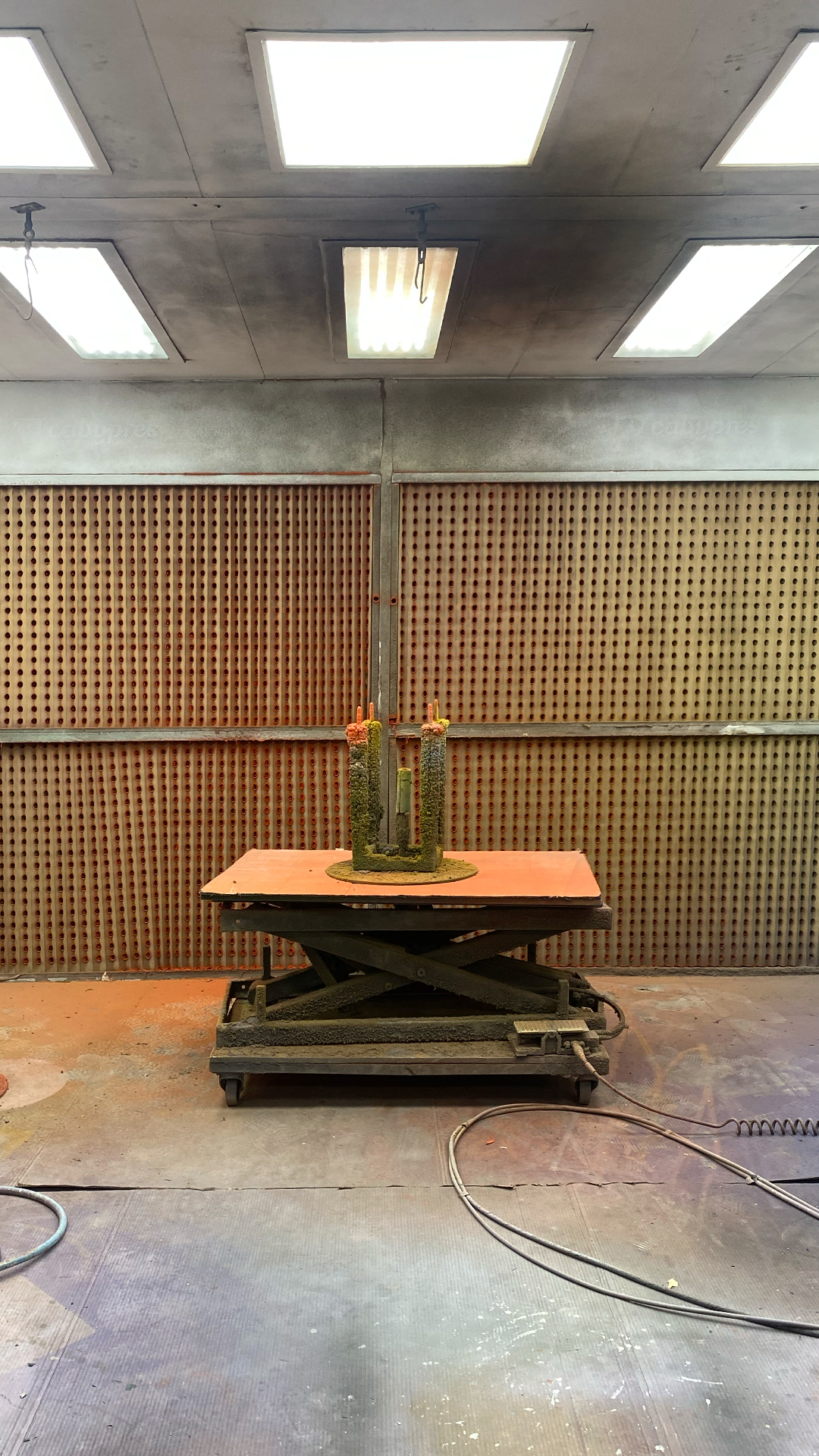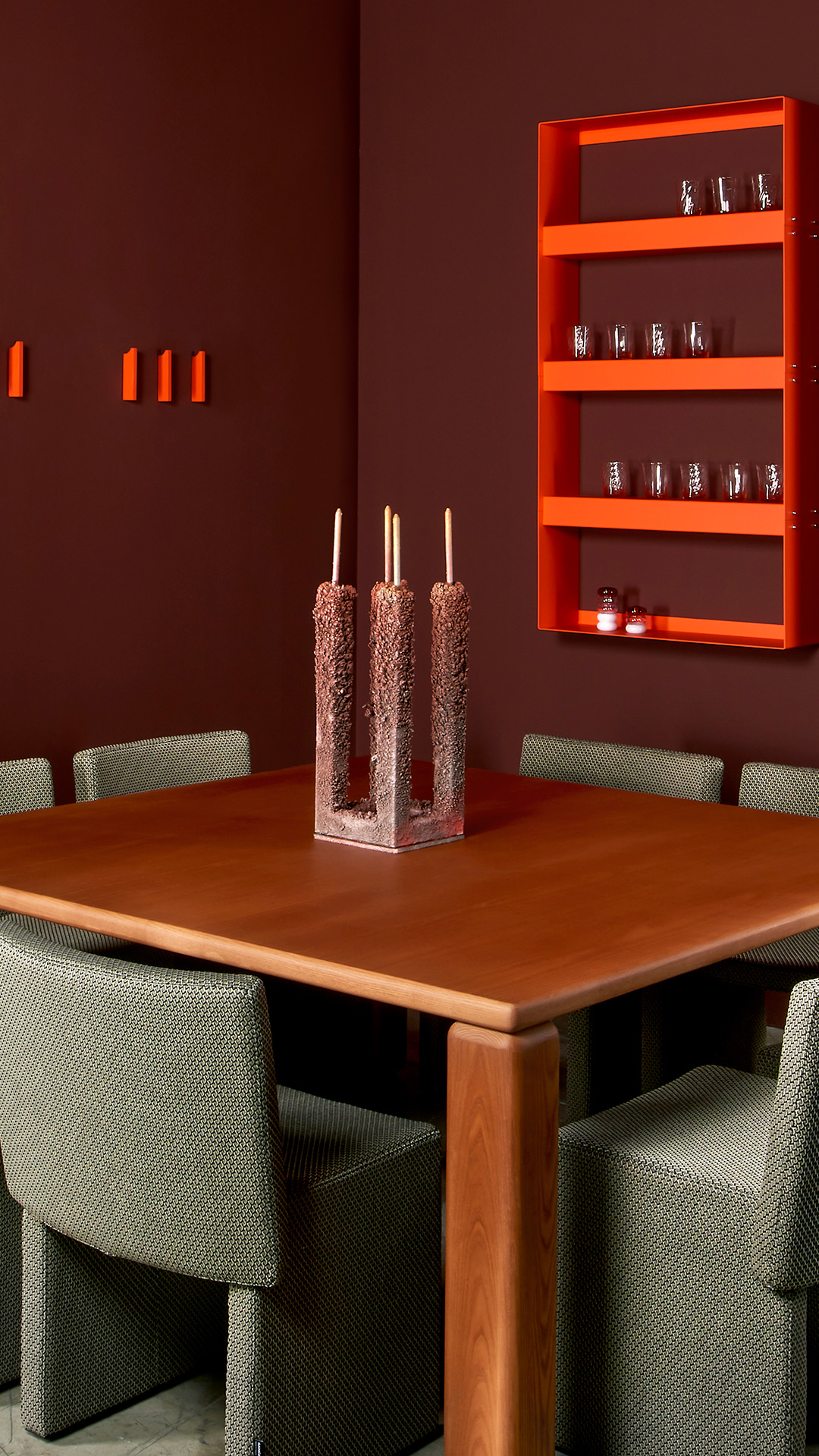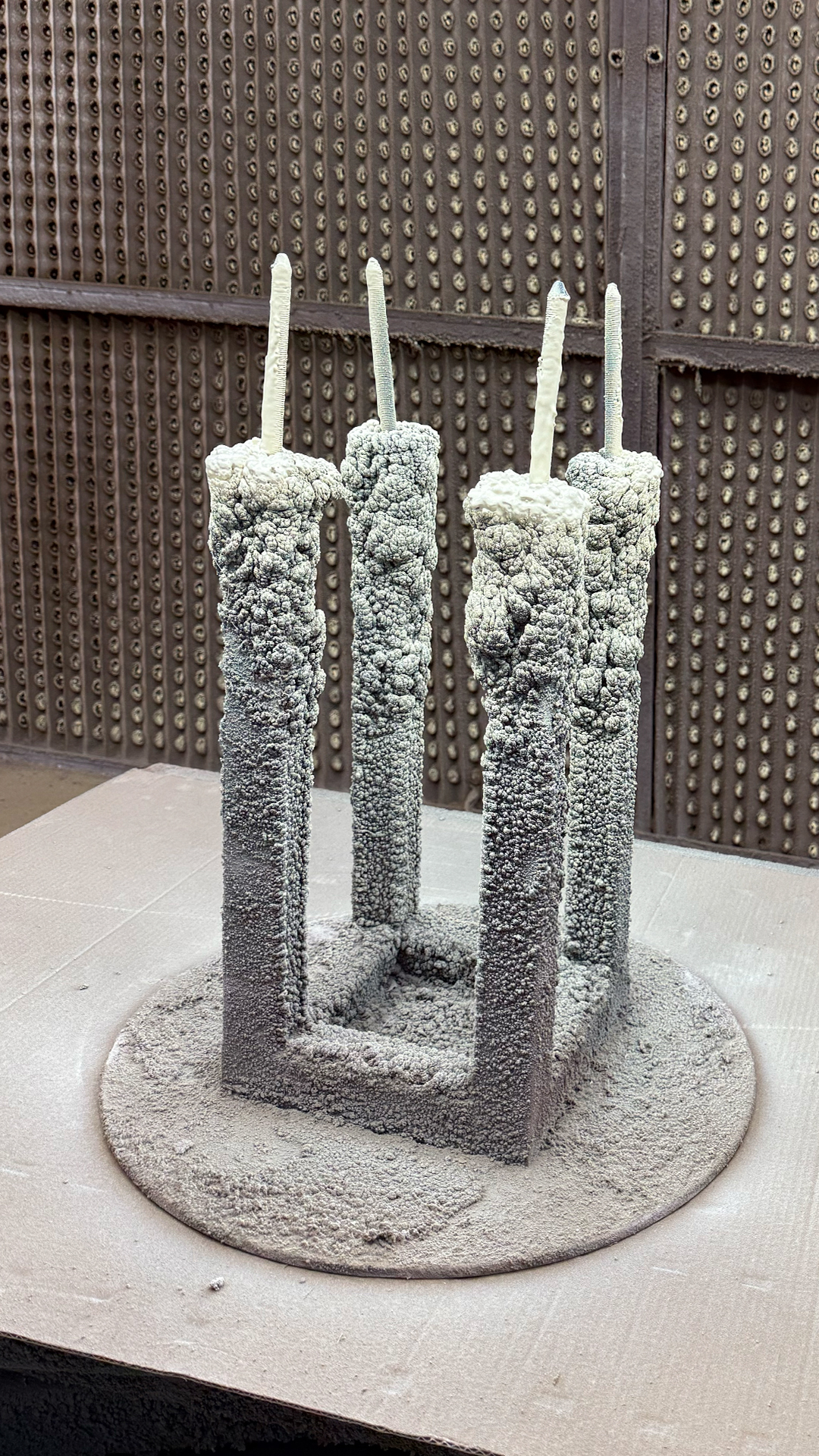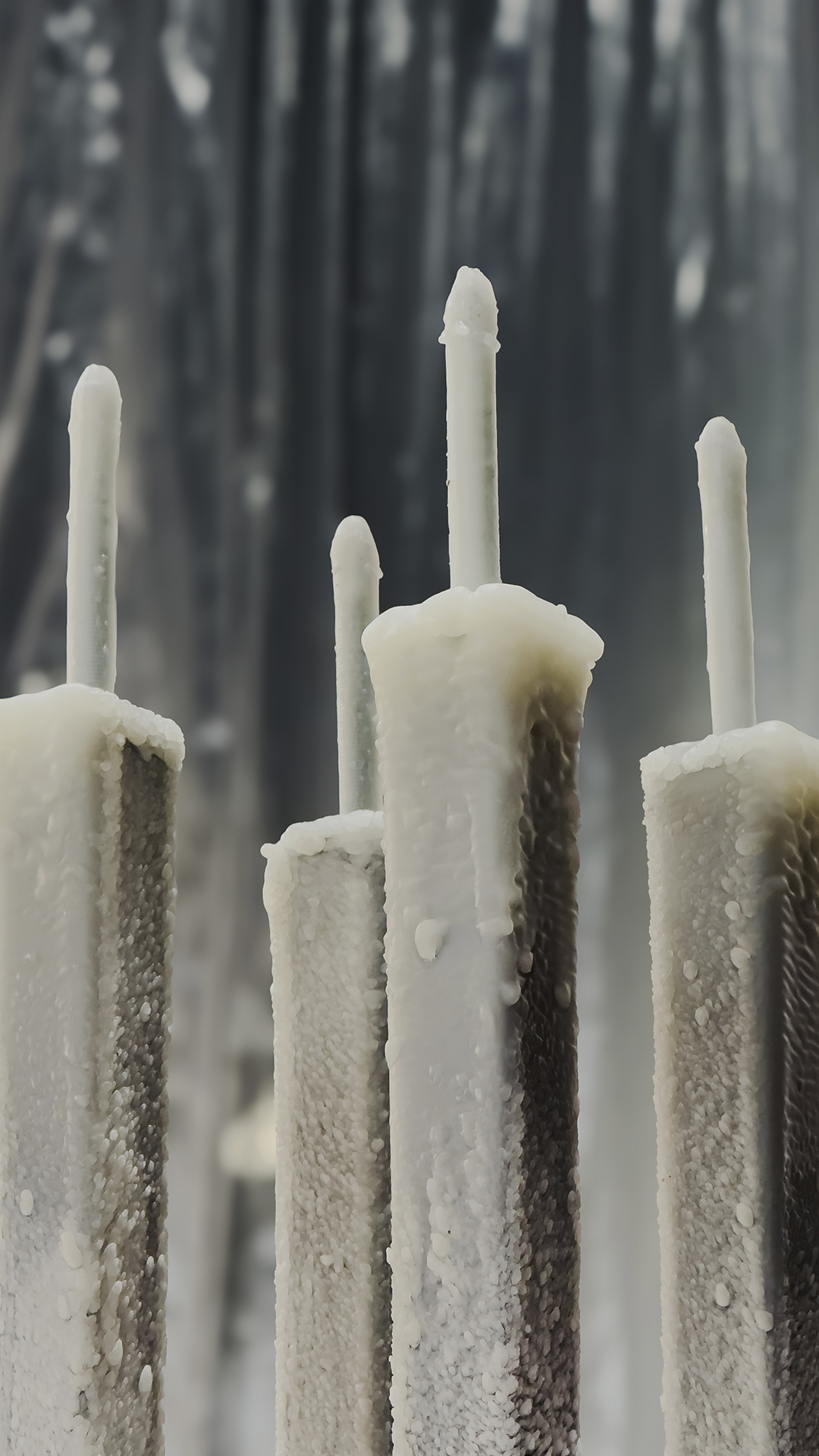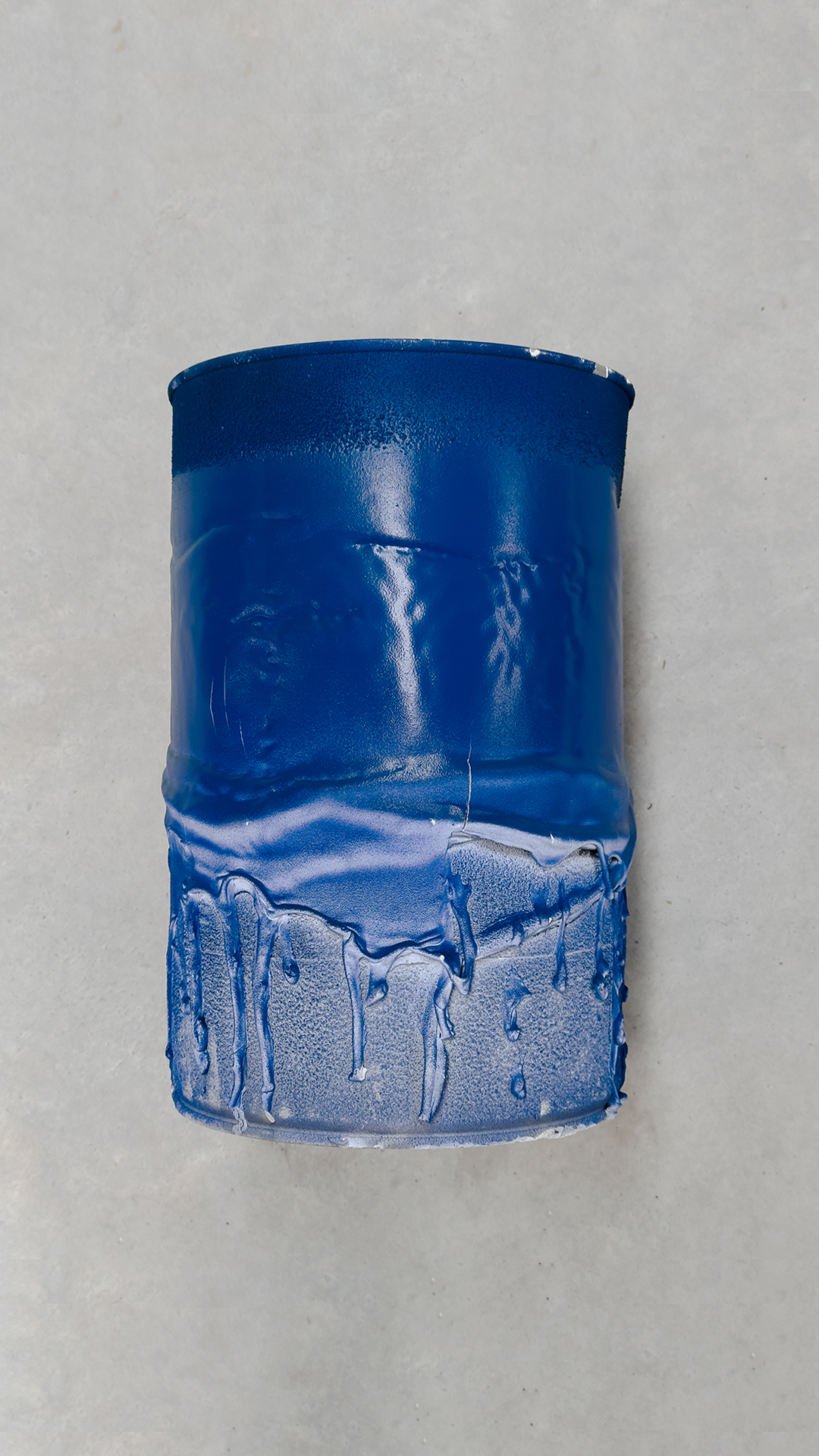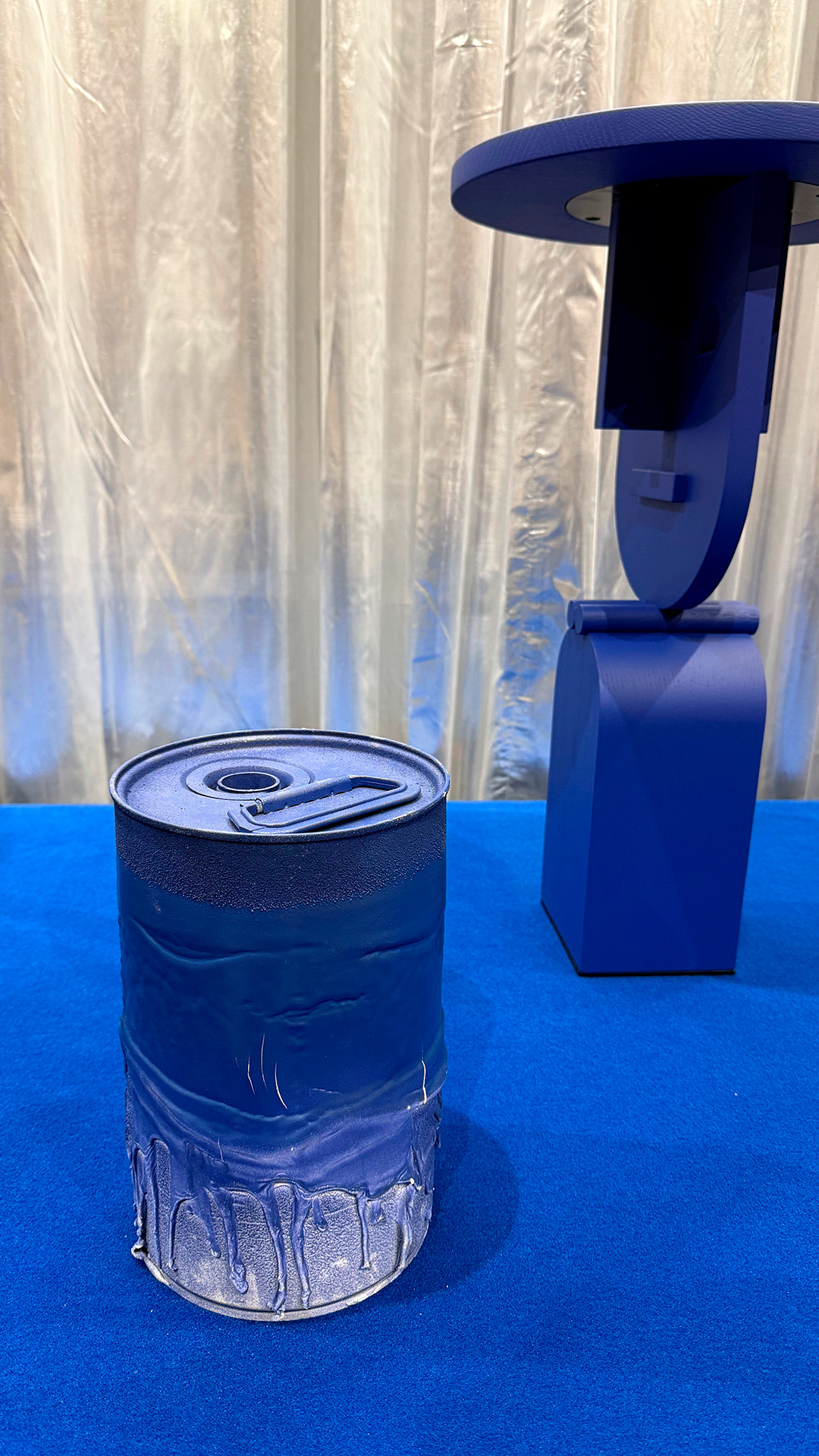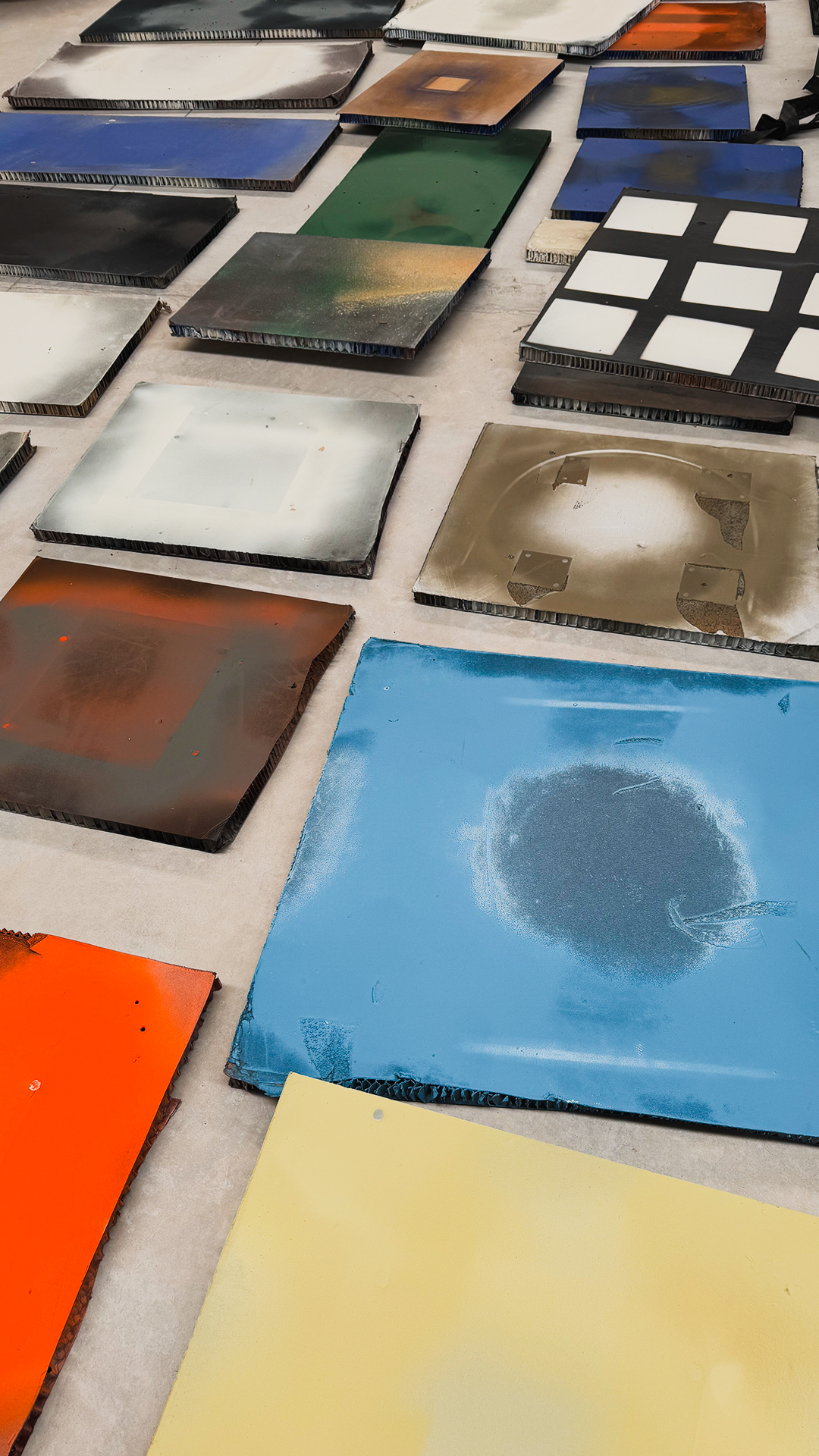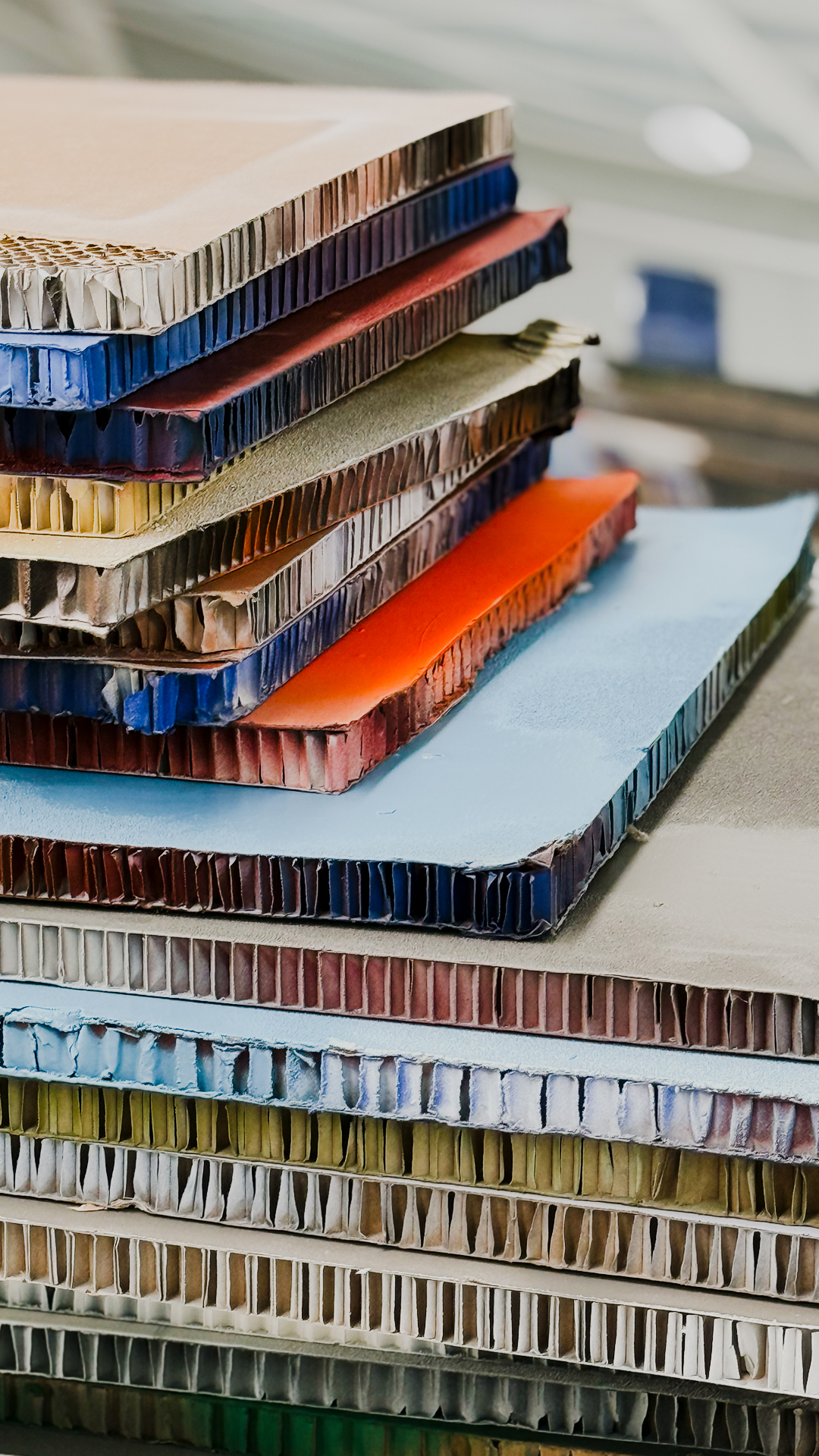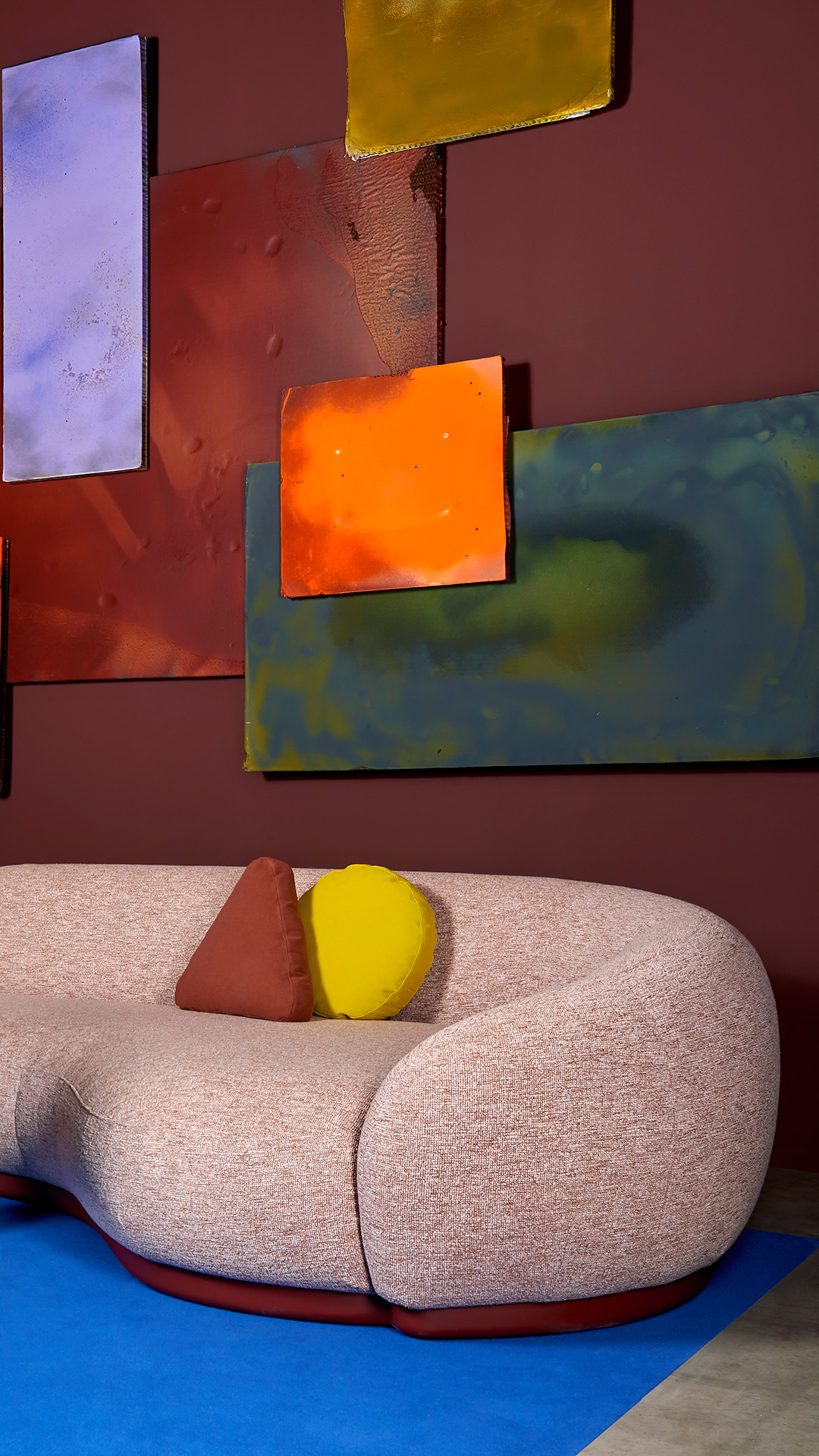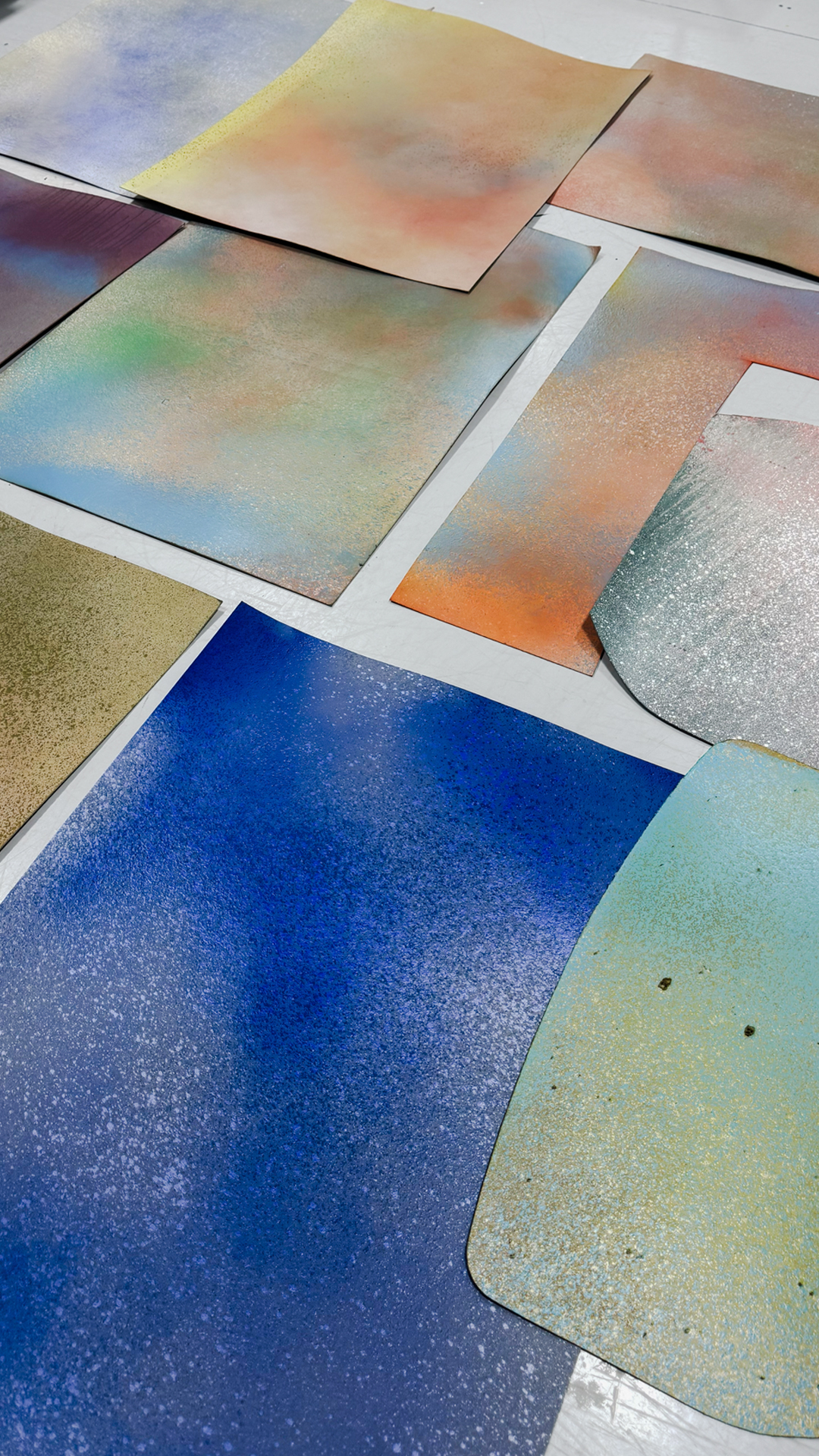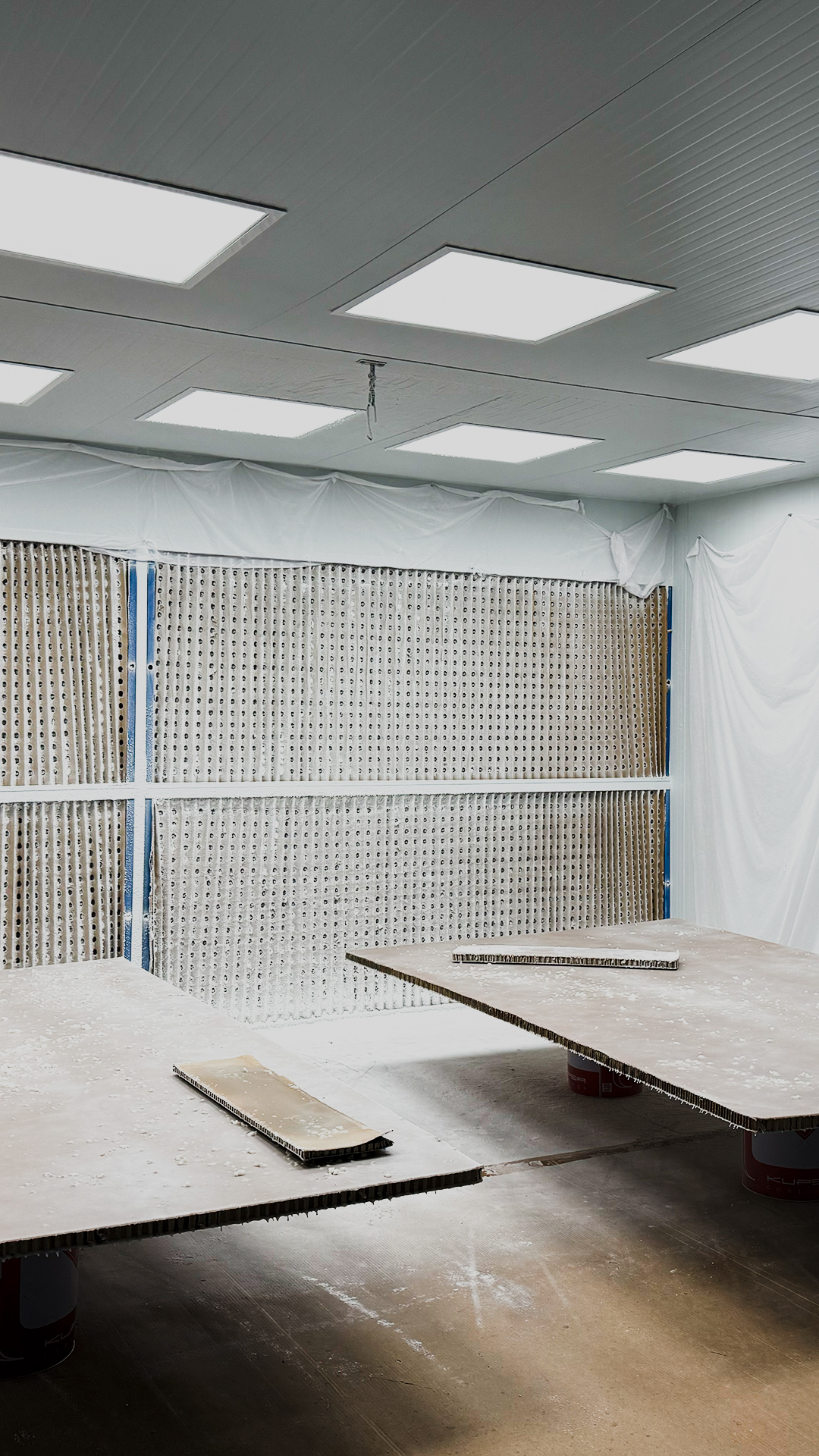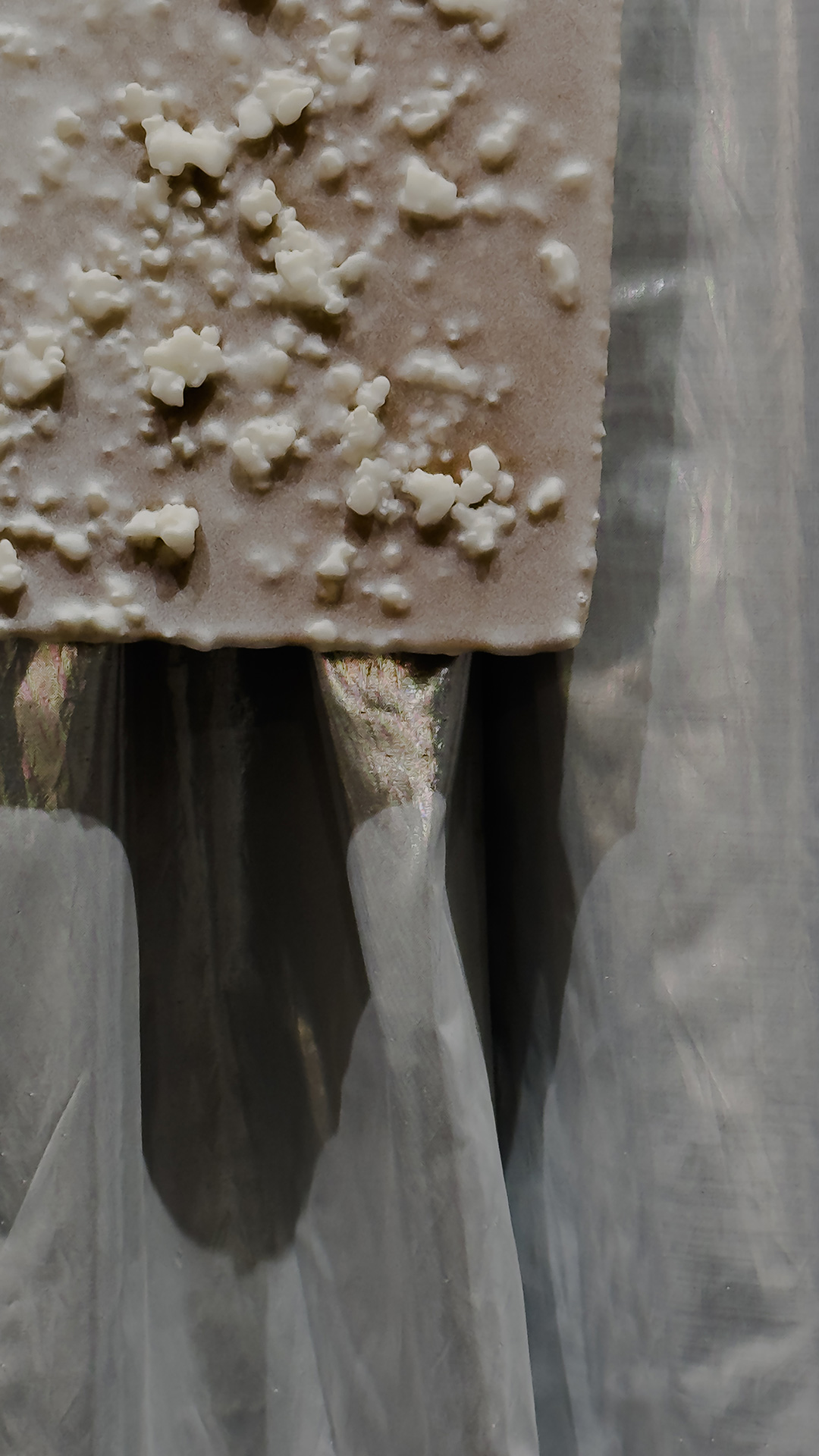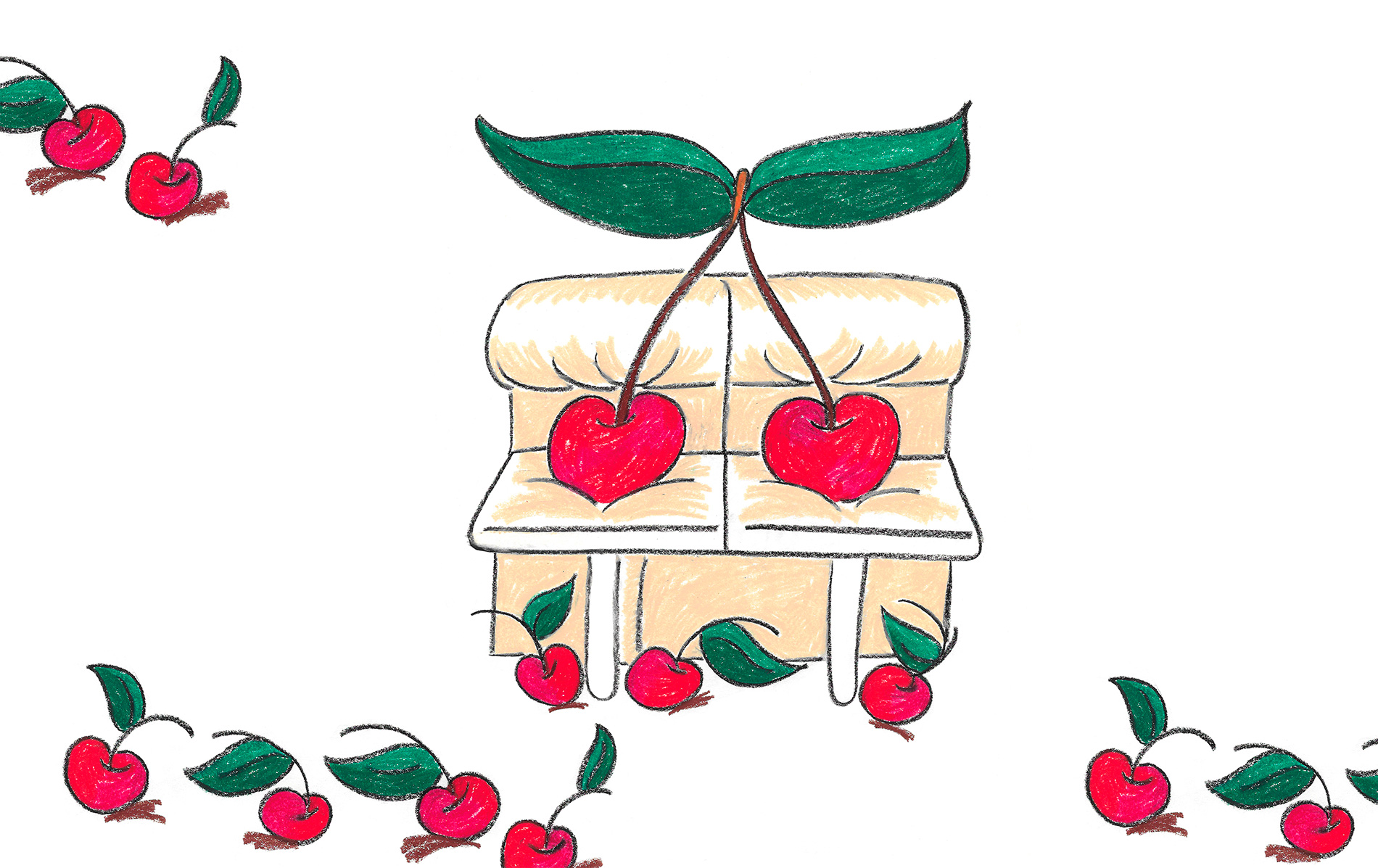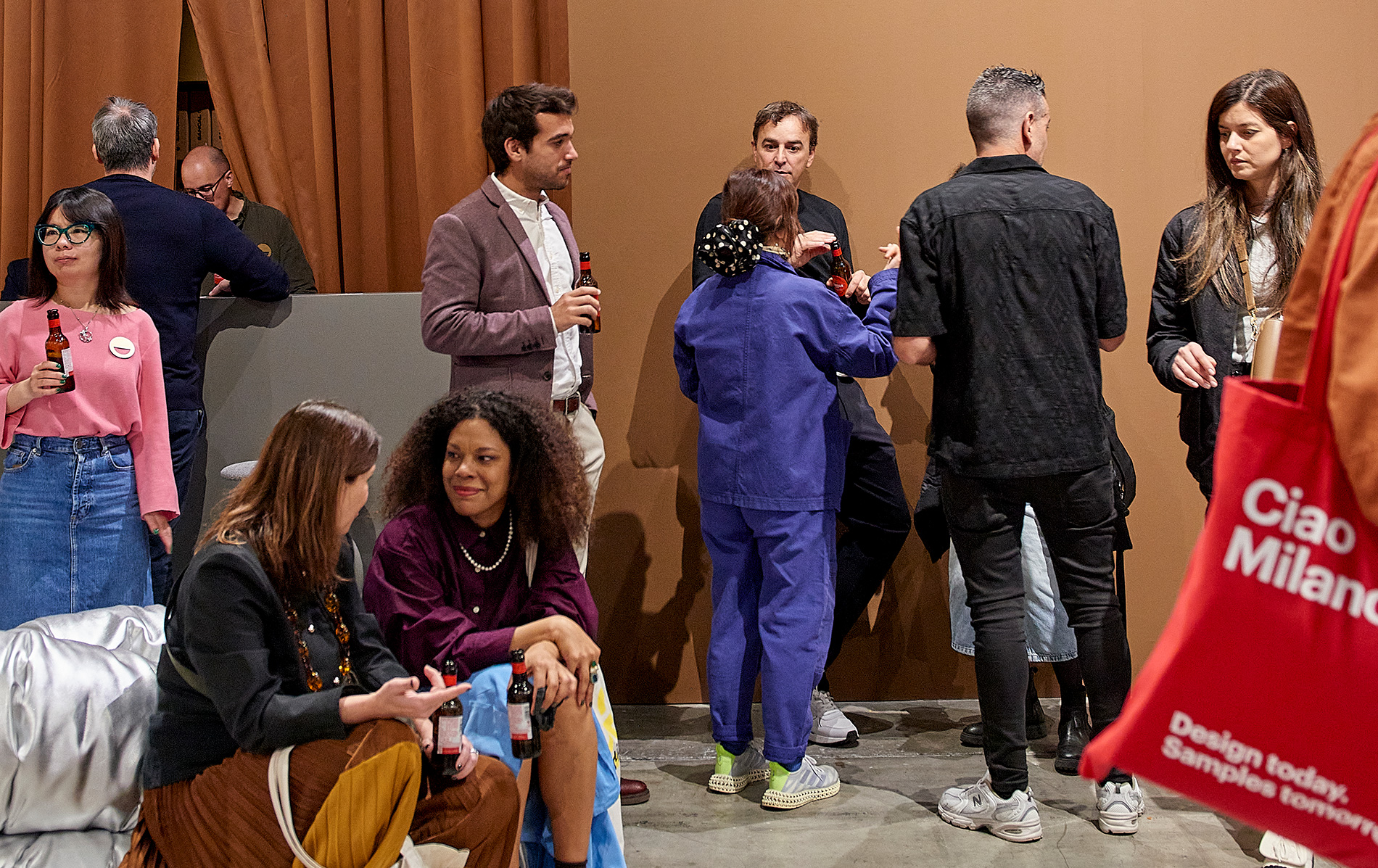It’s not just the object itself that is surprising, but the ability to discover the extraordinary in the seemingly ordinary. Seeing beauty where others do not is not always easy. However, Esther and Elena Castaño-López seem to do so effortlessly.
If you joined us in the Salone del Mobile, you may have been struck by the visual power of these objects that looked like works of art, although their origins are more modest than their aesthetics suggest. In addition to being part of the scenography for our stand, these elements were accompanied by a deep reflection. Are we capable of recognizing beauty in the everyday, the industrial, the leftover? How much does the origin of an object influence our aesthetic perception of it?
Esther and Elena Castaño-López are curious and restless. Thanks to their creative vision, they’re able to find objects born as industrial remnants and reinterpret them as meaningful creations.
Each of these pieces tells a story that goes beyond its original function. Cardboard remnants, traces and layers of paint on surfaces, metal structures used during the lacquering process… now emerge as paintings and sculptures. What was once mere scrap now becomes a creation full of intention, when one chooses to see it that way.
This is not just a reinterpretation of materials, but an invitation to change the way we see what surrounds us.
If you couldn’t join us during the fair, today we want to give you a closer look at these unique pieces. Discover them in their original context, the factory, and in our stand where they took on a new meaning and value.
This is a visual journey that not only challenges our perception but invites us to question the limits of what is considered aesthetic, depending on where and how something is displayed.
Metal support that was used to elevate products during the lacquering process.
Drops of paint have built up over time, forming a chromatic skin that reveals the passage of time and the trace of manual labor.
This support was used to apply the final varnish after lacquering.
Over time, translucent layers have dripped down, creating sculptures as accidental as they are striking.
A paint container repurposed as a sculptural vessel.
Its industrial shape and its everyday use give it a powerful, almost totemic presence that transcends its original function.
Cardboard remnants from the lacquering process.
Random brushstrokes, marks, and tears from continuous use, along with a rich buildup of material from the lacquering section, application after application.
These unique samples capture the daily life of our workshop.
Each piece of cardboard was used to purge and clean the lacquer guns before changing colours. A routine gesture that left behind spontaneous chromatic traces.
Cardboard remnants from the polishing process.
Their patina, formed by accumulated splashes over time, results in unintended, abstract compositions that are rich in material and expressiveness.


